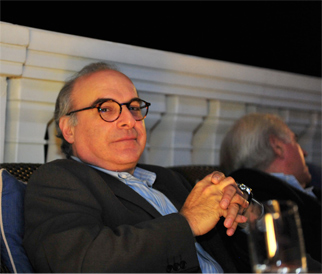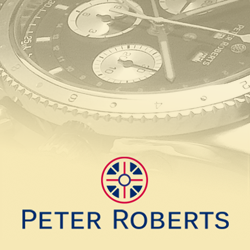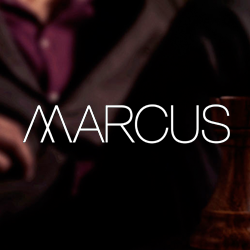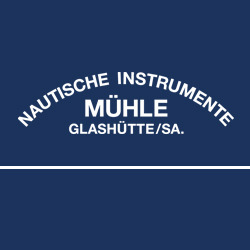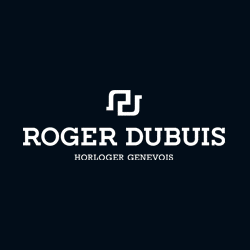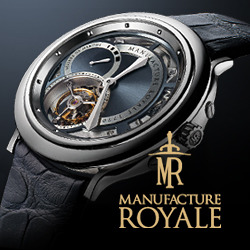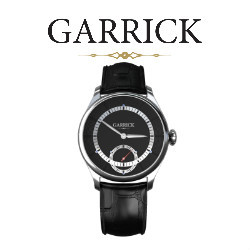As comebacks go, it’s the watch equivalent of Sinatra’s or Presley’s: A. Lange & Söhne represents the pinnacle of German watchmaking, and a half-century in the wilderness only whetted enthusiasts’ appetites for more. Like every other unfortunate manufacturer or business that found itself in East Germany rather than West after WWII, the entire German watch industry was subsumed by communists who were unlikely to celebrate high-end watchmaking, and that included Lange.
This happened because the watch industry was centred in Glashütte, the German horological equivalent of what Detroit once was to American car manufacturing. While the East Germans kept the factories going, production consisted primarily of undistinguished timepieces for mass consumption behind the Iron Curtain. Glasnost, perestroika and the fall of the Berlin Wall freed the area in the late 1980s, a region still able to claim a number of seasoned watchmakers to exploit the new freedoms.
What we now know as A. Lange & Söhne is a subsidiary of Richemont SA; its siblings thus include IWC, Cartier, Montblanc, Piaget, Vacheron Constantin and other prestige watch houses. It is therefore not surprising that the watches made by Lange – or simply ‘Lange’, as the aficionados refer to it – compete with the finest timepieces that the world has to offer. The company is, after all, upholding a tradition established by its founder in 1845 for excellence without compromise.
Indeed, some would say that Ferdinand Adolf Lange didn’t merely create the brand that bears his name: he is arguably responsible for establishing Glashütte as the seat of German watchmaking. His company was founded in 1845 in Glashütte, near Dresden, in the eastern state of Saxony – a fact noted on the dials of most current Lange watches. Ferdinand studied as an apprentice to the Saxonian Court’s master watchmaker, followed by an apprenticeship in Paris with Josef Winnerl, a student of the watchmaking legend, Abraham-Louis Breguet. With this in the company’s DNA, there can be no question of a pedigree of the highest calibre.
Upon returning to Dresden, Lange was moved by the poverty in the former mining region. He chose to remedy this by providing employment, starting his company with a number of apprentice watchmakers. In recognition of his efforts, he was elected mayor of Glashütte and eventually was made a deputy in Saxonia’s parliament.
Thanks to Lange’s integrity and vision, he managed not only to create a great watchmaking house that manufactured watches of his own design, but also to plant the seeds of the German watch industry as his students and apprentices opened their own ateliers. A number of companies can trace their roots back to Ferdinand Lange, but only A. Langhe & Söhne can boast of a direct descendent on its board.
Following his death in 1875 at the age of only 60, Lange’s sons Emil and Richard maintained the company’s fortunes, Emil serving as its CEO for 46 years. The company produced sophisticated pocket watches offering many complications, eventually ending its time as an independent house in the mid 20th Century by providing special models for use by German airmen in World War II. The latter are now much coveted, and command enormous sums in auction, with a fine example in a recent sale reaching three times its estimate at CHF10,000.
In 1948, the post-war Soviet administration commandeered the company’s property, thus ending Lange’s century-long existence. It was absorbed into the state-run morass typical of communist regimes, with a concomitant loss of prestige and skilled workers. The larger conglomerate of which it became a part did, however, produce large quantities of both civilian and military models, wall and table clocks and other instruments, both mechanical and electronic.
To everyone’s astonishment, the company was ‘liberated’ from the Soviet malaise in 1990, following the collapse of the East German government. It was a story worthy of Hollywood, were Tinseltown ever to return to films with happy endings.
Walter Lange, the founder’s great-grandson and a qualified master watchmaker himself, together with watch industry executive Günter Blümlein, were able to restored the company to its former glory – actually, beyond its former glory – with the assistance of several Swiss watch manufacturers. These included IWC and Jaeger Le Coultre, now part of the same family thanks to ownership by the Richemont group. The revival was spectacular.
Relaunched as A. Lange and Söhne, the firm unveiled its new models in 1994, with what is now a modern icon: the Lange I. It embodied all of the virtues of watches that distinguish the German school of thought from the Swiss, with heavier cases and parts that the Swiss were then employing, with faultless finishing and what is best described as ‘over-engineering’.
Additionally, the Lange I showed that the revived firm was committed to innovation. The watch contained a feature that has been one of the most-copied functions to emerge in the past 30 years: the signature ‘big date’, now offered by most of its rivals. Equally distinctive is the dial’s asymmetric layout, though other models are more conventionally symmetrical.
Along with the Lange I developing into a family of models, so has the company evolved into full ‘manufacture’ status. This describes the company’s ability to produce its own movements, and to standards admired throughout the industry thanks to a zero-compromise attitude. It has embraced the modern watch connoisseur’s love for complications, whether tourbillons, world-timers, calendars, or other rarefied functions, and is responsible for creating a wristwatch with a fuse-and-chain movement, the highly-coveted Pour Le Mérite.
All Lange watches are mechanical rather than quartz, and all of its watches feature cases from gold or platinum, with only a few exceptions for special editions. While every Lange movements is clearly proprietary, designed and executed in-house, the company further distinguishes them from mass-produced movements by highlighting the human element: all of the engraving that decorates a Lange movement is the work of an individual, whose distinctive technique renders no two alike.
As any watchmaker will tell you, upon seeing a Lange movement, the house’s design and decoration are distinctively Germanic, avoiding Swiss practices such as multiple bridges and cocks, or the traditional Geneva wave decoration, for three-quarter plates, ‘Glashütte stripes’, hand-engraved balance cocks and screwed gold chatons. Lange movements are made from ‘German silver’, an alloy of copper and nickel, instead of the more common plated brass.
To own a Lange & Söhne timepiece is to acquire an example of fine watchmaking at the most elevated level. Rarity, exclusivity and sheer excellence are a given. Where the Lange watches enhance the experience of ownership is through an unexpected quality: they are, regardless of their complexity, ineffably discreet. And that’s not necessarily a German trait, but a Lange trait.
(Bespoke, 2012)
